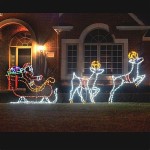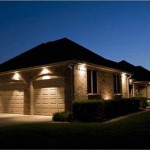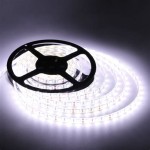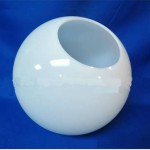Outdoor Basketball Court Lighting Standards
Outdoor basketball courts are popular venues for recreational and competitive play, providing opportunities for exercise, socialization, and skill development. However, ensuring optimal playing conditions requires adequate lighting, especially during evening and night hours. Proper lighting standards are crucial for safety, visibility, and enhancing the overall playing experience. This article will explore the essential lighting standards for outdoor basketball courts, highlighting key factors to consider for successful court illumination.
Illuminance Levels and Uniformity
The primary lighting standard for outdoor basketball courts is illuminance, measured in lux (lx). The recommended illuminance levels vary depending on the type of play, with higher levels required for competitive matches and lower levels for recreational use. The Illuminating Engineering Society of North America (IESNA) recommends a minimum illuminance of 150 lx for recreational play and 300 lx for competitive games. However, it’s important to note that these are minimum levels, and higher illuminance may be desirable, especially for high-level competition and televised events.
Beyond just achieving the desired illuminance level, uniform lighting distribution is critical for optimal performance. Lighting uniformity refers to the consistency of light across the court surface. Ideally, the court should have a uniform illuminance level, avoiding excessive shadows or bright spots that can disrupt play. The IESNA recommends a uniformity ratio of 0.7 for outdoor basketball courts, indicating that the illuminance level should not vary by more than 30% across the court surface.
Lighting Fixture Selection and Placement
The choice of lighting fixtures significantly impacts the effectiveness of court illumination. High-intensity discharge (HID) lamps, such as metal halide and high-pressure sodium, were previously the standard for outdoor sports lighting. However, LED lighting technology has emerged as a more efficient and environmentally friendly alternative. LED fixtures offer several advantages, including: *
Energy efficiency:
LED lights consume less energy than traditional HID lamps, leading to lower operating costs and reduced environmental impact. *Longevity:
LEDs have a significantly longer lifespan compared to HID lamps, requiring less frequent replacements. *Color rendering:
LEDs offer superior color rendering, producing a more natural and vibrant light that improves visibility and enhances the overall playing experience. *Dimming capabilities:
Some LED fixtures allow for dimming, providing flexibility to adjust lighting levels for different playing conditions.The placement of lighting fixtures is another crucial factor impacting court illumination. Fixtures should be positioned strategically to ensure even coverage of the court surface, minimize glare, and avoid creating distracting shadows. The height and angle of the fixtures should be carefully considered to ensure optimal lighting angles and minimize unwanted reflections.
Glare Control and Light Spill
Glare can significantly impact player performance and safety. Glare occurs when light reflects off surfaces, causing discomfort and reduced visibility. To minimize glare, lighting fixtures should be shielded to direct light downwards towards the court surface, reducing the amount of light reflecting upwards towards players and spectators. Shielded fixtures typically have a narrow beam spread, ensuring that light is concentrated on the playing area.
Light spill is another factor to consider when designing outdoor court lighting. Light spill refers to the unwanted illumination of areas outside the primary playing area, such as adjacent streets or residential properties. Excessive light spill can be a nuisance to neighbors and negatively impact local wildlife. The use of shielded fixtures and careful fixture placement can significantly reduce light spill, minimizing its impact on surrounding areas.
Conclusion
Outdoor basketball court lighting standards are essential for creating safe, enjoyable, and competitive playing environments. By adhering to recommended illuminance levels, ensuring uniform lighting distribution, selecting appropriate fixtures, and minimizing glare and light spill, facility managers can create optimal lighting conditions that enhance performance, safety, and the overall basketball experience. Investing in high-quality lighting systems is crucial for long-term success and promoting the sport within the community.

Basketball Court Lighting Flood Zgsm

Newest Basketball Court Lights Standard Guide Jan 2024 Topsportsled Com

Guide To Basketball Court Lighting Design Mklights

Guide To Basketball Court Lighting Design Mklights

What Are The Lighting Requirements Of Basketball Court Agc

Guide To Basketball Court Lighting Design Mklights

Basketball Court Lighting

Basketball Court Lighting

Guide To Basketball Court Lighting Design Mklights

Guide To Basketball Court Lighting Design Mklights
Related Posts







